|
It was a great delight to talk with Will Small, from the creative Spiritual Misfits community, about trans-forming and expansive approaches to faith and spirituality, the ethos and work of Pitt St UC, and how we with others might work better together intersectionally for greater love, justice, and healing for all
- and looking forward to more conversations and networking going forward Do check out some of the other Spiritual Misfits podcasts too!
0 Comments
A Blessed Easter and Very Happy Transgender Day of Visibility to everyone!
- with a little scribble of my own, re-rendering the colours of the trans flag (with black - the womb of colour - at the centre), the (an alternate - and my own preferred - trans colour) of violet for the mystery (amid suffering), in which we are all caught up, and the gold of (resurrection) life beyond and underneath. #TransDayOfVisibility #Easter #resurrection #transformation 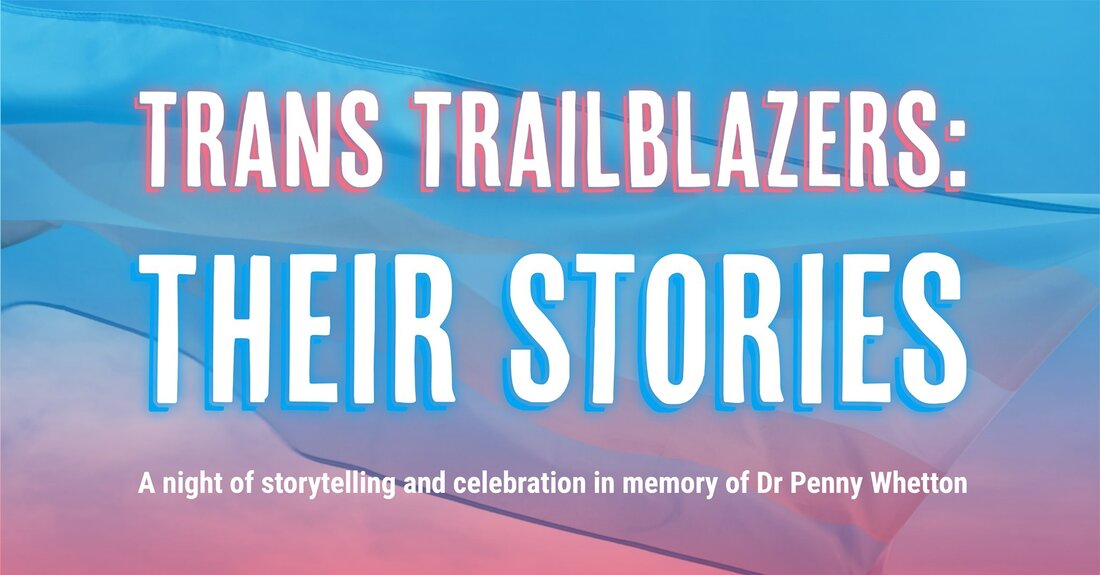 It was a loving honour recently to share with other amazing 'trans* trailblazers' and Senator Janet Rice in an evening of story telling to celebrate the life of Janet's late wife, Dr Penny Whetton (among many other things a distinguished climate scientist). Below is a short reflection I shared - on the contribution of what I have called 'trans-ing' our world to the growth of ecological spirituality. For together, in our different callings, we can continue to share in the kind of joys and transformation which were so important to Penny, and which shine in the lives and voices of the other contributors to her memorial event - the remarkable Ricki Coughlan, Eddie Ayers, and Amao Leota Lu... I've done quite a bit of speaking, teaching, preaching, Zoom conferencing, writing, and other ministry in recent months, but it was particularly lovely today, in our parish marking of the Season of Creation, to be back behind the altar - or (holy) table (depending on your theological outlook). It might have happened earlier but COVID Safe issues have restricted opportunities. It was only afterwards however, reflecting partly on why I was so moved, that I realised something else. This wasn't just the first time I've personally presided at the eucharist after my surgery earlier this year, but it was almost certainly the first time that a post-GRS transgender woman had ever publicly presided at the eucharist in Australia with full canonical order (there are others, treasured by me, who have gone before, but in different ways). Maybe transubstantiation or scholastic ‘real presence’ were not involved, but it was definitely about really present love and substantially transforming - bodily and spiritually breaking open to new creation for all. One more step along the way... 😻🙏🦋
#transinggod #miltonanglican #eucharistisforall The more I grow older, and hopefully a little deeper in understanding, the more I am aware of how religious traditions have wrestled with sexuality and gender in all kinds of extraordinary ways. For sexuality and gender have always been such powerful aspects of human lives and spirituality has therefore necessarily engaged with them as vital features of revelation and relationship, as well as repression and resistance. Sadly. so many 'sanitised' and narrowed readings of the Bible and religious traditions have significantly contributed to human distancing from intimate, celebratory and mature sexuality and gender identities. These are typically those which have much airplay today in wider media as well as conservative and fundamentalist circles. When however we look afresh at scripture and tradition, particularly through lenses of 'queer' experience, we find something very different. Some features can be quite confronting, even profoundly disturbing, full of extraordinary violence and subjugation. Some aspects can also be very different from our our contemporary contexts. Yet there are others, rightly viewed, which can help us face up to our own opportunities for growth towards richer sexual and gendered lives. They can be quite challenging but offer considerable liberative potential. Among these is the story (in Genesis 32.22-31) of Jacob's wresting with the divine, their wounding and blessing...
This photo was taken, earlier this year, from my bed of healing in a delightful unit in St Kilda (Melbourne), I had just had genital reconstruction surgery, thanks to the excellent skills of Andy Ives and his wonderful team at the nearby Masada Hospital, and I was in my first stages of recovery 'at home'. When the night's darkness began to lift, the new light of day brought this beautiful dawn. My eyes opened to the glorious gift of nature's renewal, and, with it, to the wonder of human participation in the joy of existence and work of re-creation. For across the sky, just above the treeline, floated a series of hot air balloons, beautiful expressions of fresh lightness and delight (you may just be able to spot two of them in the photo - as small circles to the left of the centre of the light, adjacent to the word alleluia).. At the same time, the sunrise further gorgeously illuminated the cranes working on the building of the exciting development of the Victorian Pride Centre, visible a couple of streets away across the rooftops.
This experience was, as might be imagined, for me, a vision and harbinger of resurrection. It did not take away the struggles I was going through. The surgery itself was very successful, and there was not a subsequent shred of regret (so much the reverse), the days to come also saw pain and discomfort, particularly with an awkward infection and slow completion of healing due to sensitive skin (part of the joy of being a particular kind of natural redhead?!). The struggles of gender & sexually diverse people are also hardly over, despite such welcome living symbols of resurrection as the Pride Centre. Yet that dawn was not only a moment of special grace, but also a deep sign of hope and loving transformation, not simply for myself but for so much else about which I care. For resurrection, at least in this life and time space, is always betwixt and between... A short video reflection for the Trans Day of Visibility (31 March)
Hi, I’m Josephine - an Anglican priest in Brisbane and a transgender woman. Visibility for me is a sacrament of transformation, with three particular aspects to it. First of all, it’s about displaying the glorious diversity of life and creation, particularly in trans people: that we are fearfully and wonderfully made - just like me. Secondly, it’s about dispelling the fear and the shame and the pain that often gender diverse people experience, and that’s through the power of love, beginning with loving ourselves. And thirdly, it’s about dispersing that love, dispersing, giving that light to others so that the darkness of others can dissipate. So may that power of visibility create and redeem and enlighten all people this day, and in the future - a blessing for all. As we begin a new year, the need for a renewing transforming spirituality is ever more evident, particularly in the face of much 'traditional' religion which continues to choose death over life. One expressive icon is that of the dragonfly, which, literally and metaphorically, I have personally encountered richly recently. For dragonflies are extraordinary creatures. No wonder they have become powerful symbols for transgender people. The picture above is thus a little creation of mine from a silent retreat I took in December, pointing to some expressive elements for everyone.. For whilst these have particular resonance for transgender people, they can also speak helpfully to others, as and when we open ourselves to more life-giving spiritual pathways for our communities and planet...
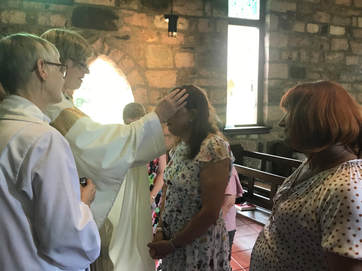 Some days we can glimpse why we were put on this earth. Yesterday was one such moving moment for me, as I led a short rite for a soul friend preparing for gender affirmation surgery. We made no extra special great fuss about this. Nor should we have to, for such signs of grace for LGBTI+ people are really very natural, if our world would but allow itself to know it. Yet it was profoundly significant in the journeys we are making at this time. For today's sea-change of understanding gender and sexuality not only brings healing and hope to specific individuals. It also offers vital hope and healing to tired aspects of our society, not least to religious groups and their members. In a profound sense it is thus sacramental: helping to reveal what has been hidden, opening up and helping to sustain fresh pathways of life and transformation. Our short rite yesterday was like that. It publicly honoured deep movements of life and spiritual wrestling which have not only been unacknowledged and unsupported, but often tragically dismissed and disastrously resisted. It also proclaimed that new life for all of us is to be found in the tender solidarity of us all, in the mystery of God's extraordinary and abundant grace and diversity. Our 'transgender' rite was just a small part of our usual Milton Anglicans Sunday parish eucharist. As such however, it was no 'hole in the wall' secret ceremony, but a truly grounded and open affirmation both of a remarkable sacred particular person and of our growing sense of what it means to re-create community and 'church' today. It felt like a renewing movement of spirit for our community, certainly for my own sense of priesthood, and a re-presentation of what it means to be differently ordered bodies together in the body of Christ. It also made us wonder why such things are not expected in the life of all spiritual communities... 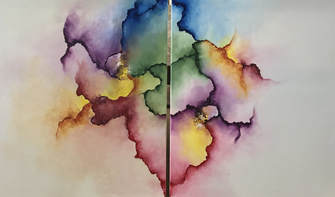 'my heart dances' - painted for me by Peter Kline peterklineart.virb.com 'my heart dances' - painted for me by Peter Kline peterklineart.virb.com (This post was written for the Queer Theology Synchroblog 2018 - check out others' posts here) As I have frequently affirmed. I profoundly agree with John O'Donohue that: once we see God as an artist, everything changes and that: Each of us is an artist of our days; the greater our integrity and awareness, the more original and creative our time will become (in To Bless the Space Between Us: A Book of Blessings). I also continue to hold that, at its best, the church (in the words of the great Catholic Modernist Fr.George Tyrrell) is an 'art school of divine-majesty'. In other words, as a human being, I am both a creative force myself (in the image of God the great creative) and a product of arts of living, belonging and believing which have brought me forth and shape me afresh. In particular, as a trans woman in 'transition', I am an unique art-work. So what kind of 'art-work' am I?... |
AuthorThe Revd Dr Jo Inkpin: Archives
March 2024
Categories
All
|

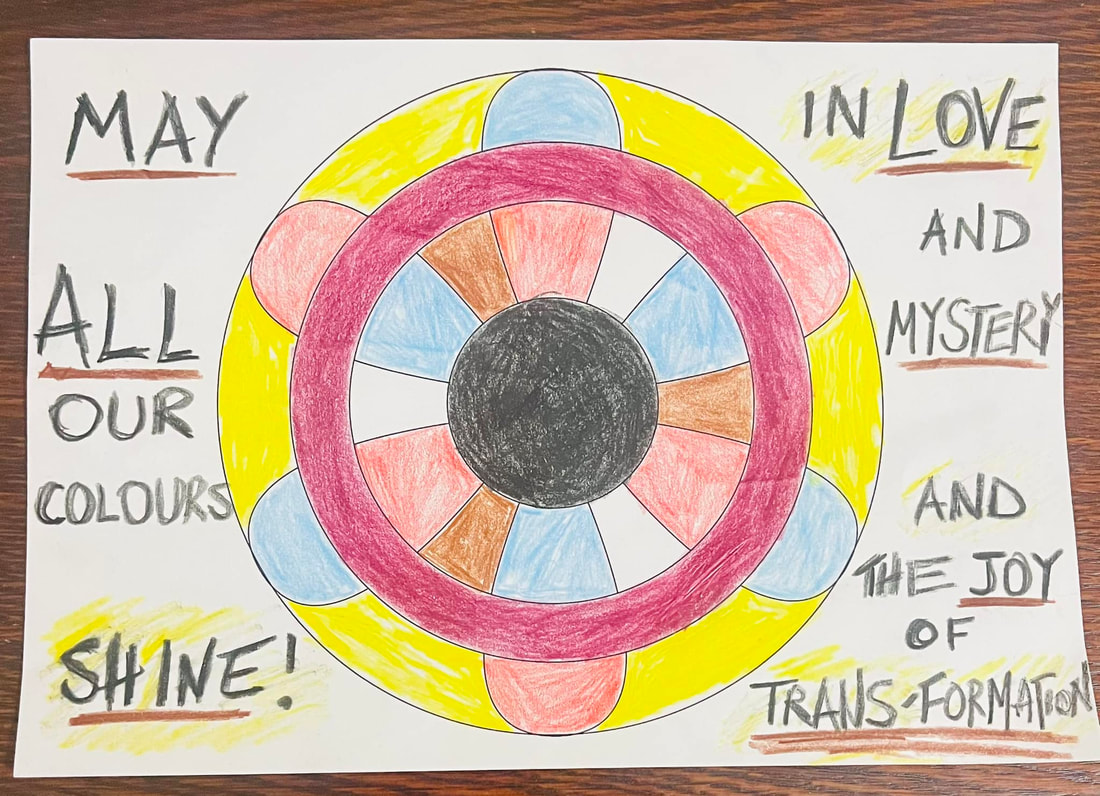
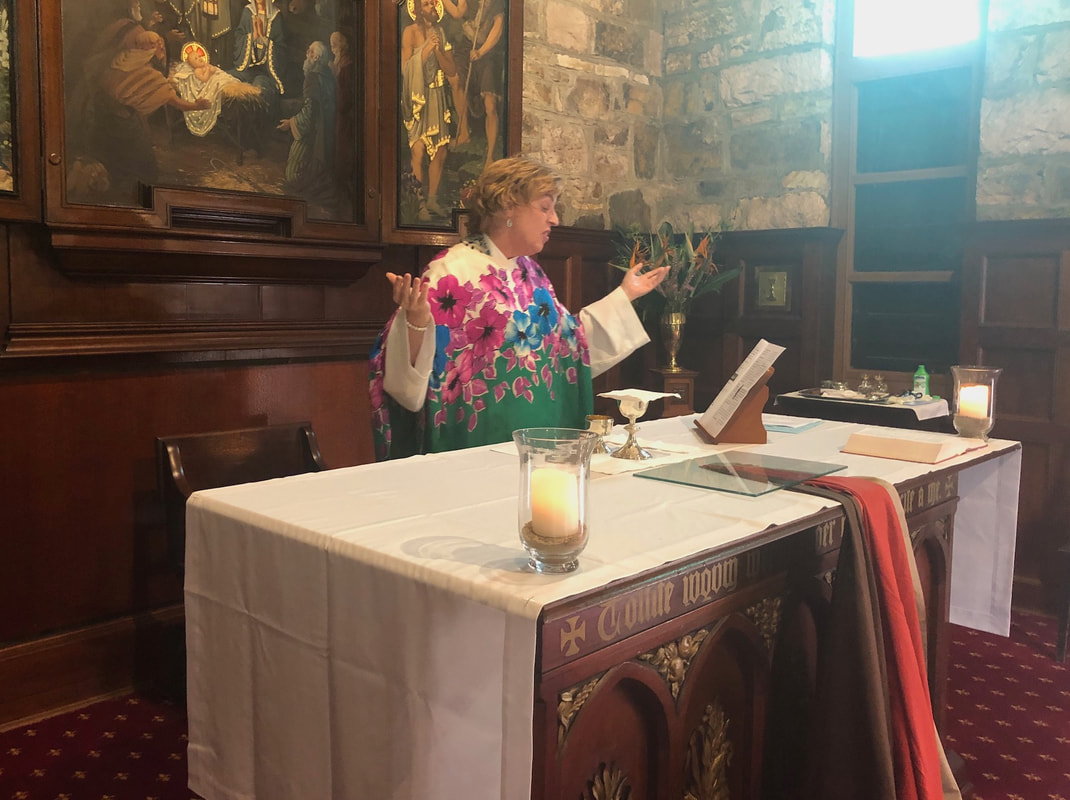
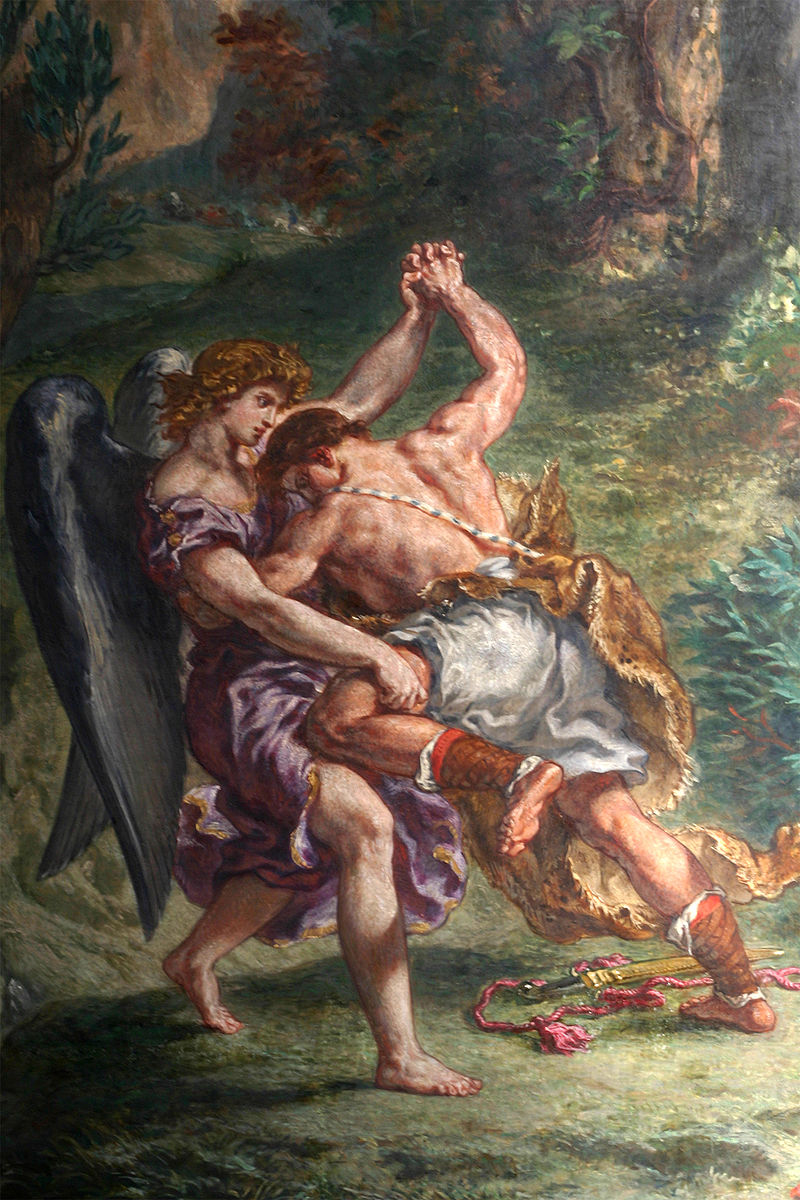
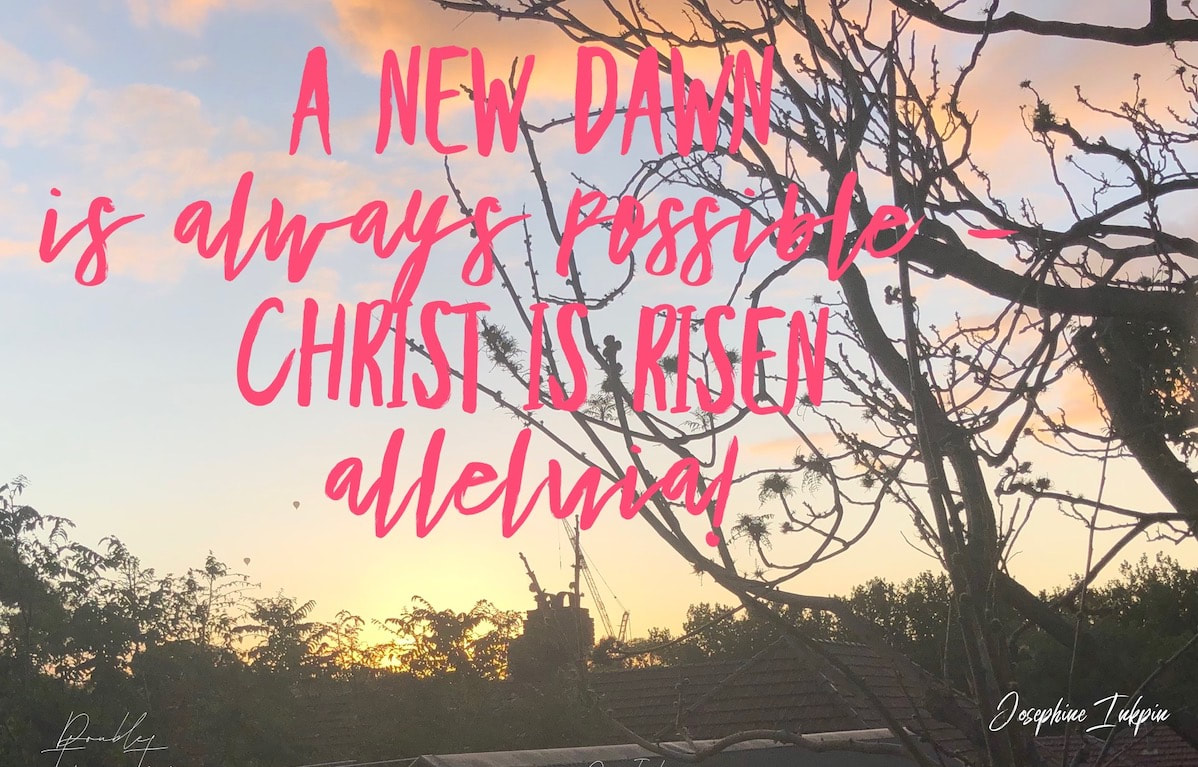

 RSS Feed
RSS Feed